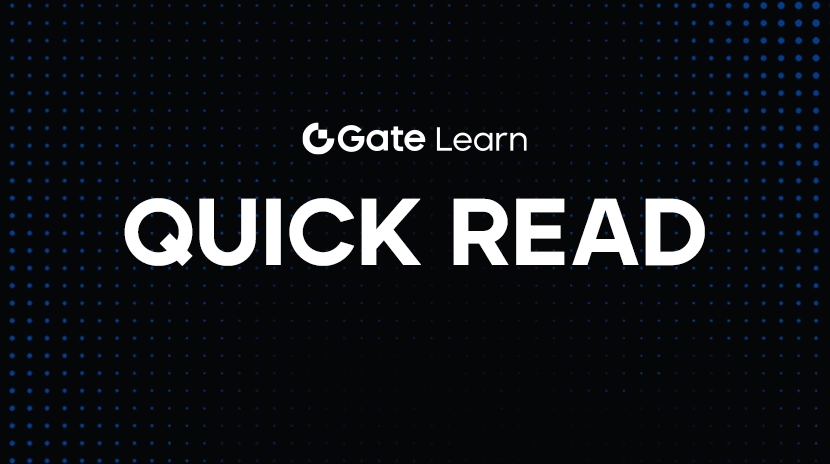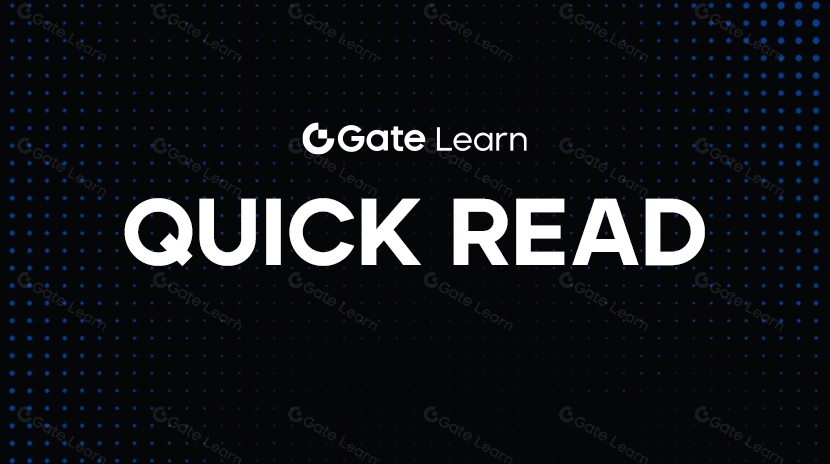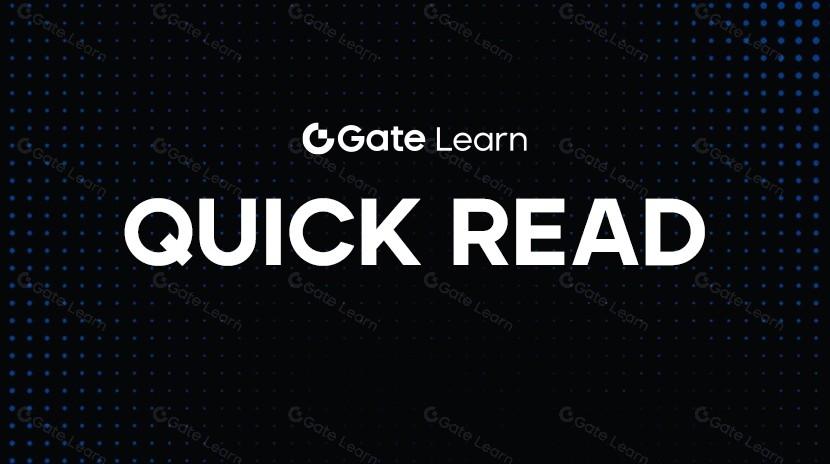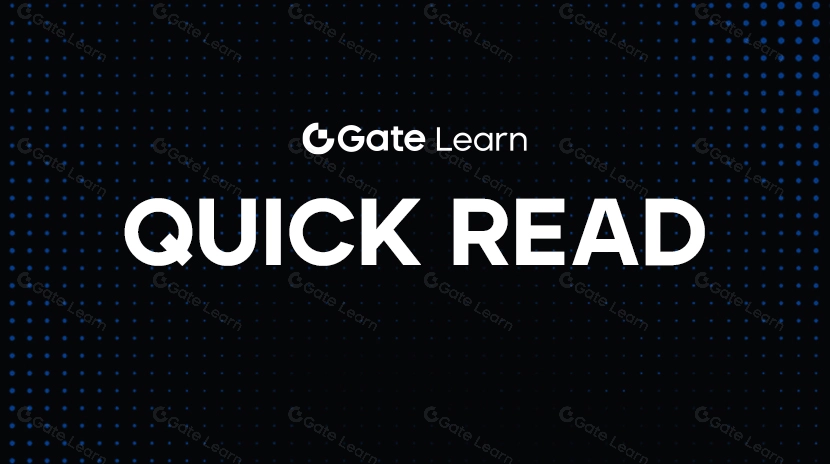Qu'est-ce que Velodrome Finance (VELO) ?
Préface
Lorsque nous pensons aux innovations et aux développements dans le monde de la DeFi, des plateformes comme Uniswap et Curve nous viennent souvent à l’esprit. Cependant, avec l’essor actuel des solutions de couche 2, de plus en plus de nouvelles plateformes choisissent de construire leur avenir sur des blockchains à faible coût et à haut rendement. Vélodrome Finance est l’un des plus remarquables d’entre eux.
Qu'est-ce que Velodrome Finance?

Velodrome Finance est un échange décentralisé (DEX) construit sur Optimisme. Ce n'est pas seulement une plateforme de services de trading, mais vise également à redéfinir l'efficacité et la participation communautaire dans la DeFi grâce à ses économiques de jetons uniques, ses mécanismes d'incitation à la liquidité et son modèle de gouvernance communautaire.
Pourquoi choisir l'optimisme?
Pourquoi Velodrome a-t-il choisi de construire sur Optimism? Optimism est une solution de mise à l'échelle de la couche 2 d'Ethereum qui offre les avantages suivants:
- Frais de transaction plus bas : Les coûts de transaction et opérationnels sont nettement inférieurs par rapport au réseau principal d'Ethereum.
- Vitesse de transaction plus rapide : amélioration de l'expérience utilisateur, idéale pour le trading à haute fréquence ou les stratégies complexes.
- Compatibilité Ethereum : Permet aux développeurs de migrer ou déployer facilement des applications EVM (Ethereum Virtual Machine).
En exploitant l'environnement efficace d'Optimism, Velodrome améliore non seulement l'efficacité de trading des utilisateurs, mais permet également aux fournisseurs de liquidité (LP) de déployer leur capital de manière plus efficace.
Comment fonctionne Velodrome Finance
Le mécanisme opérationnel central de Velodrome Finance est une approche optimisée et innovante de la structure traditionnelle du Market Maker Automatisé (AMM). Tout comme de nombreux protocoles DeFi, Velodrome permet aux utilisateurs d'échanger des jetons à travers différents pools de liquidités. Cependant, sa particularité réside dans son intégration de la fourniture de liquidités, de la gouvernance par vote et de la distribution des récompenses dans un modèle incitatif dynamique, rendant l'allocation des ressources à travers l'écosystème plus efficace.
Les émissions de récompenses hebdomadaires en $VELO de chaque pool de liquidité sont distribuées en fonction du poids des votes. Ces poids sont déterminés par les détenteurs de $veVELO, ce qui signifie que ceux qui détiennent et verrouillent des jetons $VELO ont le pouvoir de décider quels pools devraient recevoir plus d'incitations. Ce modèle crée un mécanisme de corruption unique, où les protocoles ou les projets peuvent encourager les détenteurs de $veVELO à voter en faveur de pools spécifiques en échange de récompenses supplémentaires (généralement sous forme de pots-de-vin). En d'autres termes, Velodrome n'est pas seulement une plateforme de trading ou de liquidité ; c'est un système économique gouverné par la communauté qui dirige la liquidité vers les zones de plus forte demande. Les utilisateurs bénéficient d'un glissement plus faible et d'une efficacité accrue car la liquidité est allouée de manière efficace, plutôt que d'être répartie uniformément entre les pools.
Ce design permet à VELOdrome de se démarquer sur Optimism, de devenir l'une des infrastructures les plus importantes sur la chaîne et d'offrir une nouvelle perspective sur la distribution de liquidités dans tout l'espace DeFi.

Velodrome Finance Liquidity Mining
Velodrome a conçu un mécanisme incitatif attrayant pour les fournisseurs de liquidité (LP). Lorsque vous fournissez des actifs à un pool de liquidité, vous pouvez gagner :
- Revenu des frais de transaction : Il s'agit de la récompense de base.
- Récompenses en jetons de plateforme (VELO) : Le ratio de distribution hebdomadaire est déterminé par des votes de gouvernance.
- Potentiels pots-de-vin : certains projets offrent des récompenses supplémentaires pour encourager les votants à voter pour leurs pools de liquidité.
De cette façon, non seulement les fournisseurs de liquidités bénéficient, mais même les votants eux-mêmes peuvent gagner un revenu supplémentaire, créant un cycle mutuellement bénéfique au sein de tout l'écosystème.
Tokenomie de Velodrome Finance
Velodrome Finance utilise un modèle économique à double jeton astucieusement conçu qui combine fonctionnalité et gouvernance, stimulant le fonctionnement et le développement de l'ensemble de la plateforme. Ces deux jetons sont $VELO et $veVELO, chacun avec des fonctions et des rôles uniques, travaillant ensemble pour créer une couche de liquidité stable, efficace et décentralisée.
$VELO : Le jeton d'utilité de la plateforme
$VELO est le jeton d'utilité natif de Velodrome (ERC-20), principalement utilisé comme récompense pour les fournisseurs de liquidité. Il est émis via des émissions hebdomadaires, encourageant les utilisateurs à fournir de la liquidité et à participer au fonctionnement du protocole. L'offre totale initiale est de 400 millions, dont 60% (240 millions) sont alloués aux membres de la communauté et aux premiers utilisateurs ayant le plus contribué au développement du protocole, tels que les détenteurs de $WEVE, les utilisateurs actifs d'Optimism et les partisans fidèles de la DeFi inter-chaînes.
$veVELO: Le jeton de gouvernance sous forme verrouillée
$veVELO est un NFT au format ERC-721 représentant un jeton de gouvernance verrouillé. Toute personne détenant $VELO peut choisir de le verrouiller et de recevoir en retour des $veVELO correspondants, obtenant ainsi des droits de gouvernance et du pouvoir de vote. La période de verrouillage peut aller jusqu'à quatre ans, et le montant de $veVELO reçu est proportionnel à la durée du verrouillage : par exemple, verrouiller 100 $VELO pendant quatre ans produira 100 $veVELO, tandis que le verrouiller pendant seulement un an en produira 25 $veVELO.
Ce mécanisme encourage la participation à long terme des utilisateurs à la gouvernance, et depuis le lancement de Velodrome v2, il permet également le verrouillage permanent de $veVELO, garantissant que le poids de la gouvernance ne diminue pas avec le temps, renforçant ainsi la stabilité de la gouvernance.
Aperçu de l'allocation initiale de jetons
Velodrome considère l'équité et la décentralisation dans la conception de l'émission de jetons. L'allocation initiale de jetons est la suivante :
La communauté recevra 60% (240 millions de $VELO), y compris les premiers contributeurs tels que $WEVE et les utilisateurs du réseau Optimism, ainsi que d'autres utilisateurs de DeFi ayant le potentiel de stimuler le développement de la plateforme.
Les partenaires du protocole reçoivent 24% (96 millions de jetons), principalement sous forme de jetons $veVELO distribués aux protocoles ayant un potentiel de coopération étroit avec Velodrome.
- La fondation réserve 10% (40 millions de jetons) pour un vote de gouvernance continu et l'avancement du protocole. Ces jetons sont définitivement verrouillés en tant que $veVELO et participent continuellement à la gouvernance et aux incitations à l'émission.
- La Fondation Optimism alloue 5% (20 millions de jetons) en tant que symbole de soutien à l'ensemble de l'écosystème Optimism.
- Allocation initiale du fonds de fonctionnement Genesis de 1 % (4 millions de jetons), fournissant une liquidité de base pour le lancement initial de la plateforme et améliorant l'expérience de trading des utilisateurs.
Mécanisme de rémunération de l'équipe et d'émission soutenue
En plus de la distribution initiale de jetons, Velodrome a conçu un mécanisme d'émission continue pour soutenir les opérations globales. Chaque semaine, de nouveaux jetons $VELO seront émis, le montant de l'émission diminuant progressivement pour éviter l'inflation. 3 % de ces nouveaux jetons émis s'écouleront automatiquement vers la fondation pour soutenir le développement du protocole et les dépenses opérationnelles.
La rémunération de l'équipe a été soigneusement organisée, avec environ 15,52 millions de $VELO réservés comme compensation pour les contributeurs. Ces jetons seront entièrement distribués d'ici juin 2023. Certains de ces jetons ont même été rachetés par le protocole, ce qui démontre un engagement envers la stabilité du marché et une distribution équitable.
Commencez à trader VELODROME Spot ici :https://www.Gate.com/trade/VELODROME_USDT
Résumé
Pour les utilisateurs qui apprécient l'efficacité des coûts, l'efficacité et la participation à la gouvernance, Velodrome offre sans aucun doute une option attrayante. Ce n'est pas seulement un échange ; c'est une plateforme de coordination de liquidité, un outil de gouvernance communautaire et un laboratoire financier sur la couche 2. La conception de VELO et veVELO s'éloigne de la logique de distribution centralisée traditionnelle, rendant le pouvoir à la communauté. Son mécanisme de vote rend la distribution des récompenses plus juste et plus dynamique. À mesure que plus de fonds, de projets et de DAO choisissent de rejoindre cet écosystème, le rôle de Velodrome deviendra de plus en plus critique.
Articles Connexes

Pi Network (PI) au taux de change du franc CFA d'Afrique de l'Ouest (XOF) : Valeur actuelle et guide de conversion

Comment vendre la pièce PI : Guide du débutant

Valeur de Pi Crypto : Lancement sur Mainnet le 20 février 2025 & Prédictions de prix futures

Qu'est-ce que FAFO : jeton MEME dérivé de la plateforme sociale de Trump

Est-ce que XRP est un bon investissement? Un guide complet sur son potentiel


